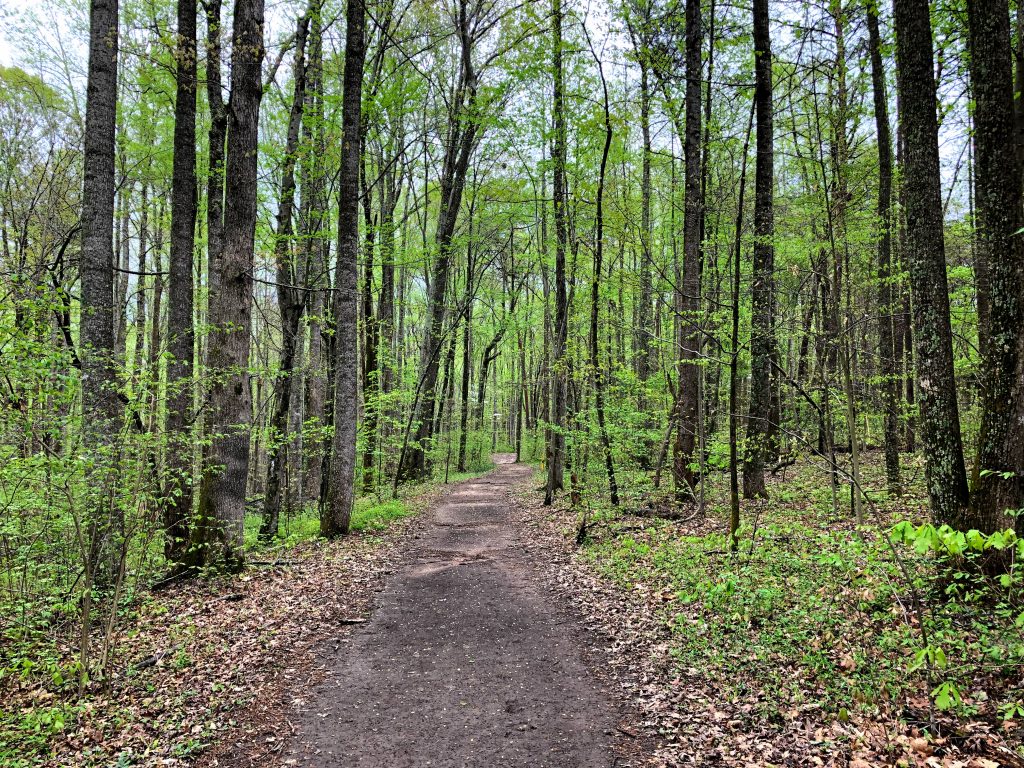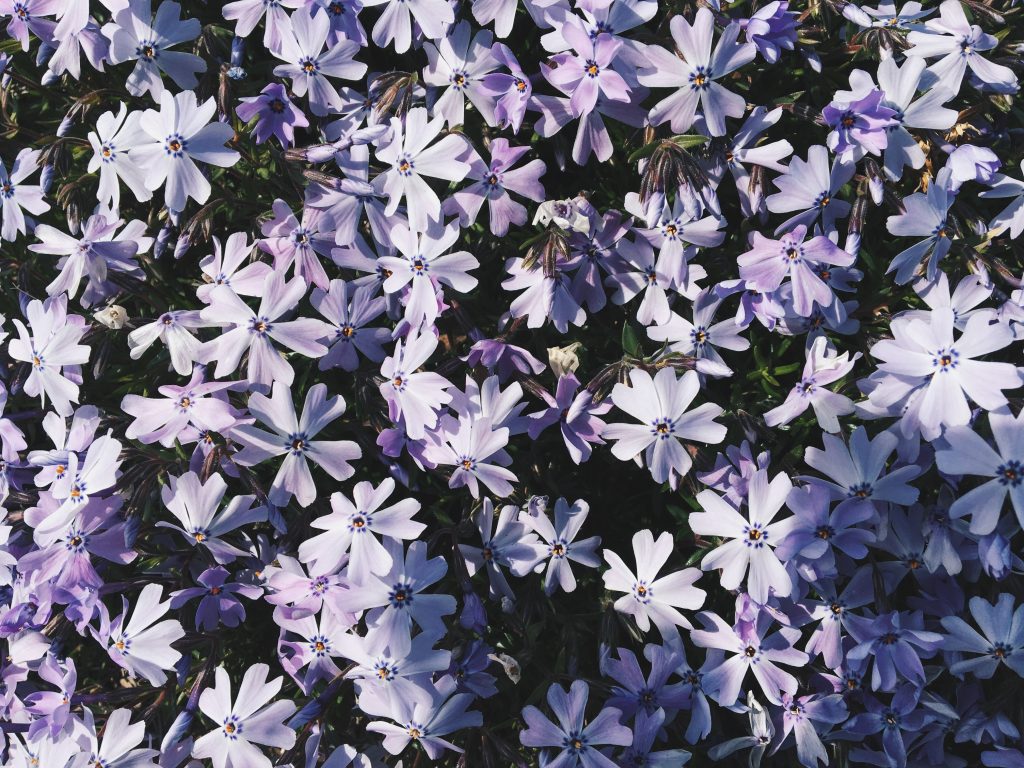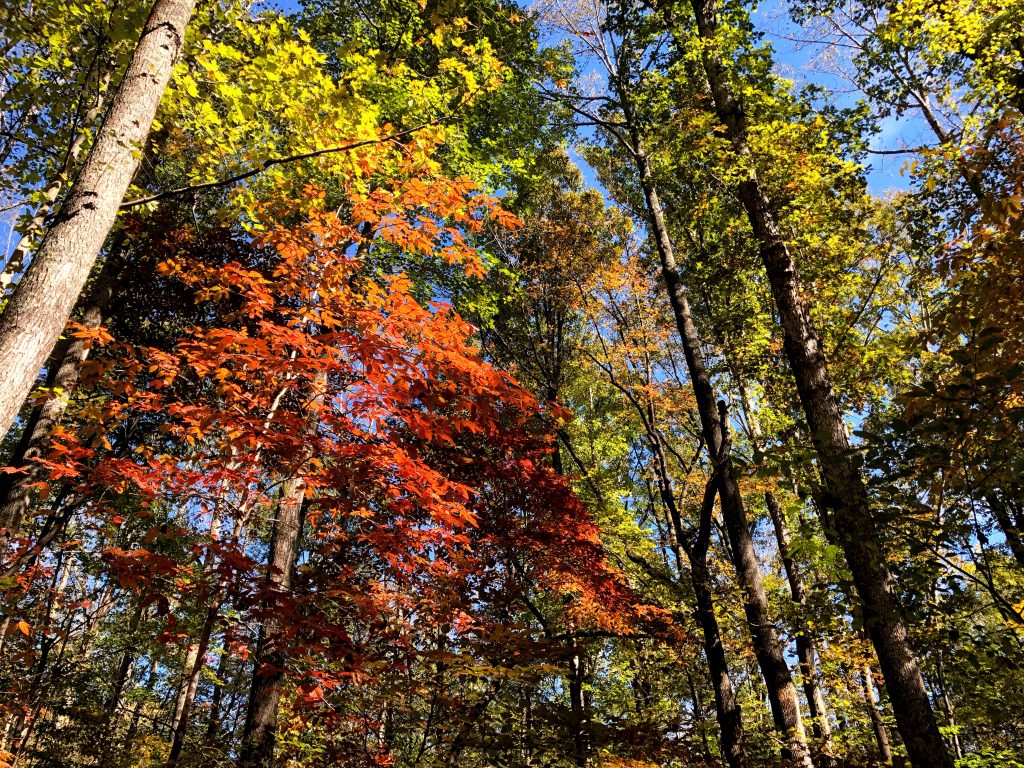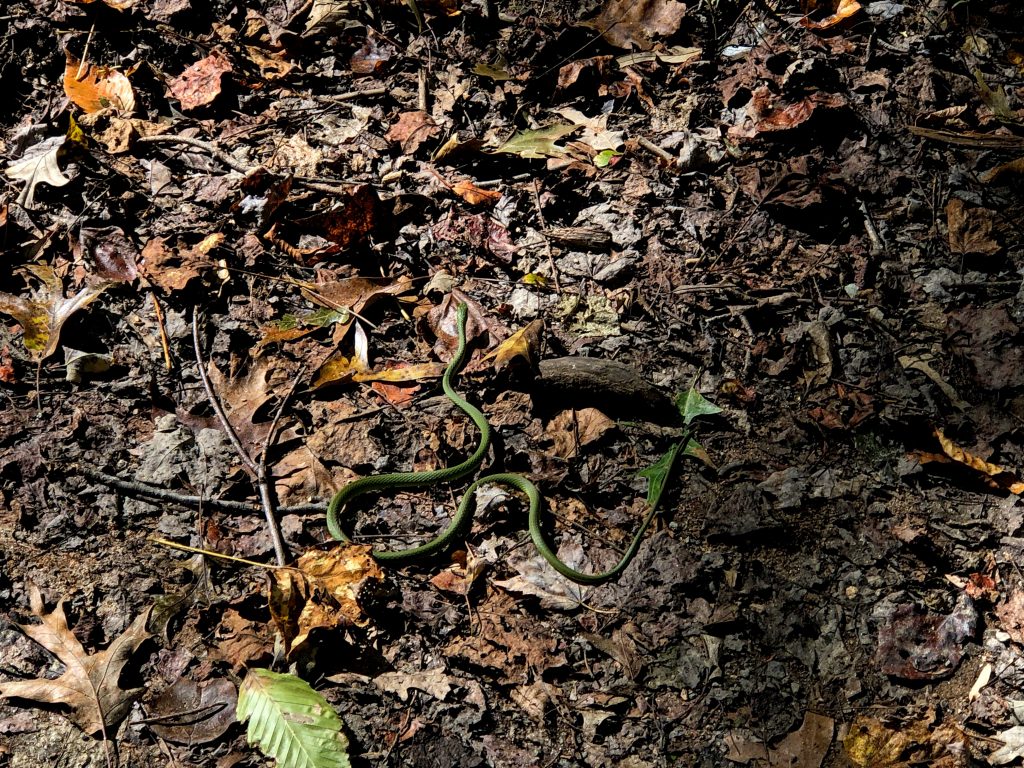
Every year, one of the best treats nature gives us is the sprouting of the vegetation that has been dormant all Winter. At first, it creeps up, coming out like a sluggish student out of bed at 8:30 AM. But once it gets some “coffee” in it, it flourishes with life and purpose. Well, I think the trees have had their coffee. What started as a slow crawl has become a canter. When this begins to happen, I reflect on everything that I love about the park. I’ve been going there since I was a kid, and soon I will be a senior at Guilford College. Time is a weird phenomenon. But as the woods convey, time is nothing but a cycle; it pushes things along until they reach their end, and then new life appears and the process starts again (hey, I’m not being pessimistic here–it’s actually quite beautiful!). As I contemplate all of the memories that are within the gates of the park, a few human-animals come to mind, one of which is among my favorites.

The animal pictured above is sometimes referred to as an “Alee.” However, after hours of contemplation, I came to the conclusion that she is a human female. Humans, also referred to as Homo sapiens by science, are actually (the only) members of the subtribe Hominina. We are unfortunately an invasive species. Humans tend to take everything for themselves and only give to things outside of their human-realm if it is convenient for them to do so. Alee must be a mutation though, because she is actually pretty awesome. We seem to be

Wildflowers are the second factor that keeps me coming to the park, other than the park’s variety of trees. The ones pictured above makes everything around them glow purple; it was truly a magical moment. Whether its common blue violets or dogwood trees, Triad Park is rich in floral. Once Autumn arrives, the normally green leaves transition to different colors, making leaves almost appear like flowers in the treetops.


The Autumn colors seem to bring out life, much like Spring; for example, I encountered a rough green snake while hiking last October. The colors were peaking, and the snakes were peeking before hunkering down for the chill of Winter. Every season brings its own magic to the forest; Summer brings intense yellow and the Wood thrush, among other awesome migratory birds. Fall paints the forest in oranges, reds, and yellows. Winter chills the air and erases the harsh humidity of the Summer, and sometimes lays a white blanket of snow over the trail. The snow melts in Spring and the green comes back out to play, along with many human and non-human animals.

